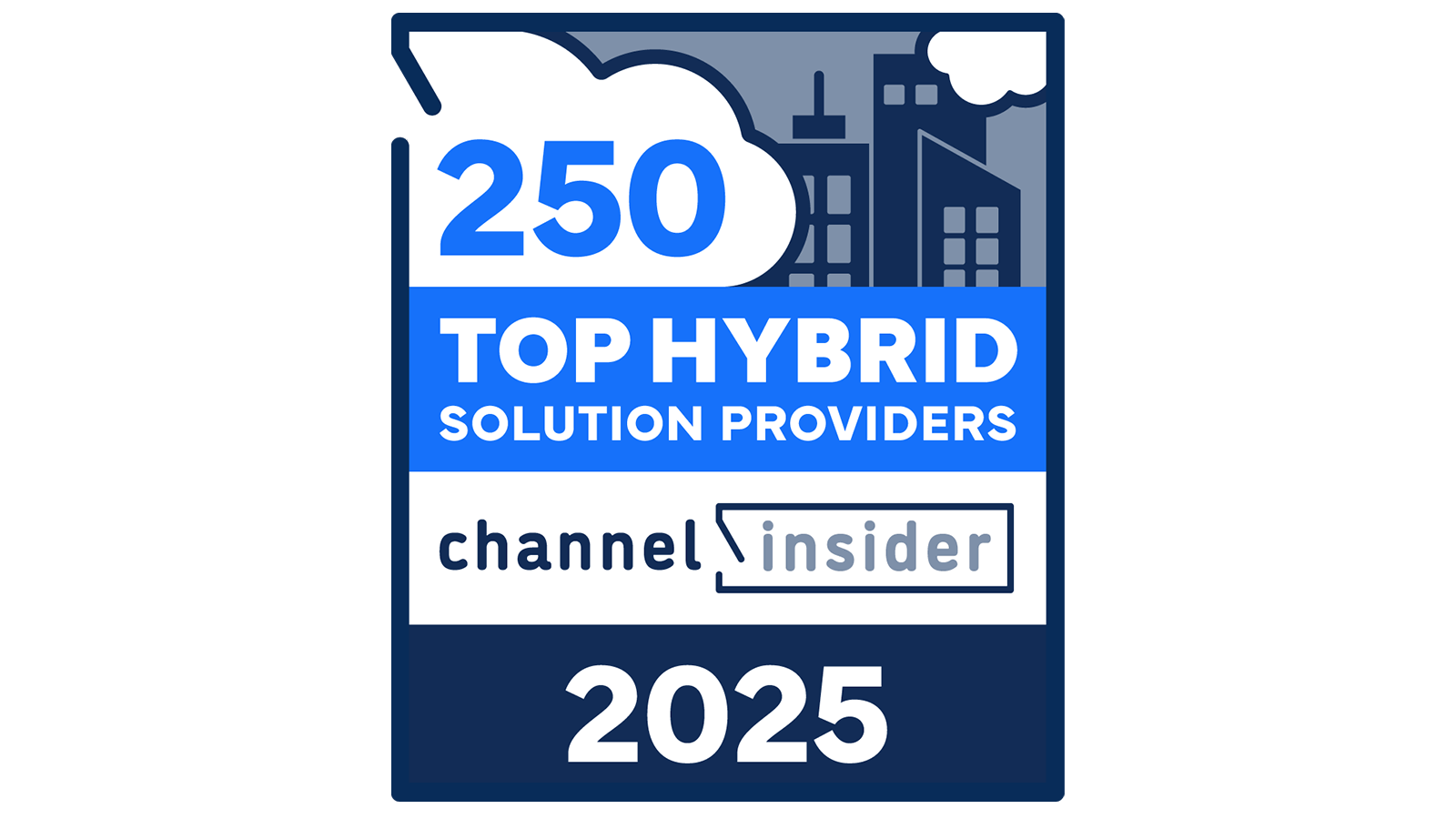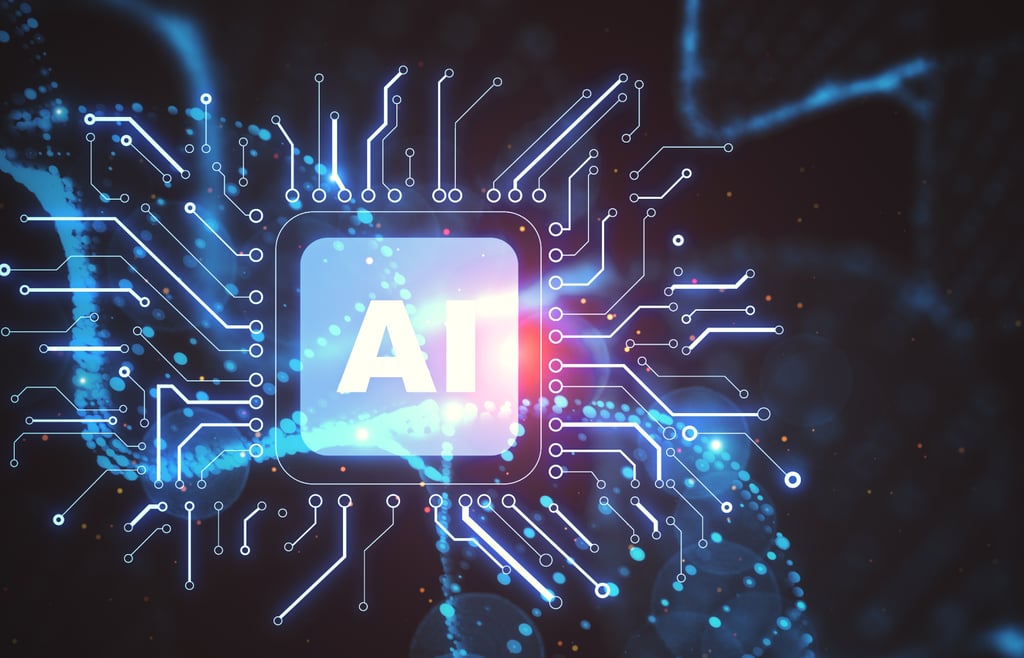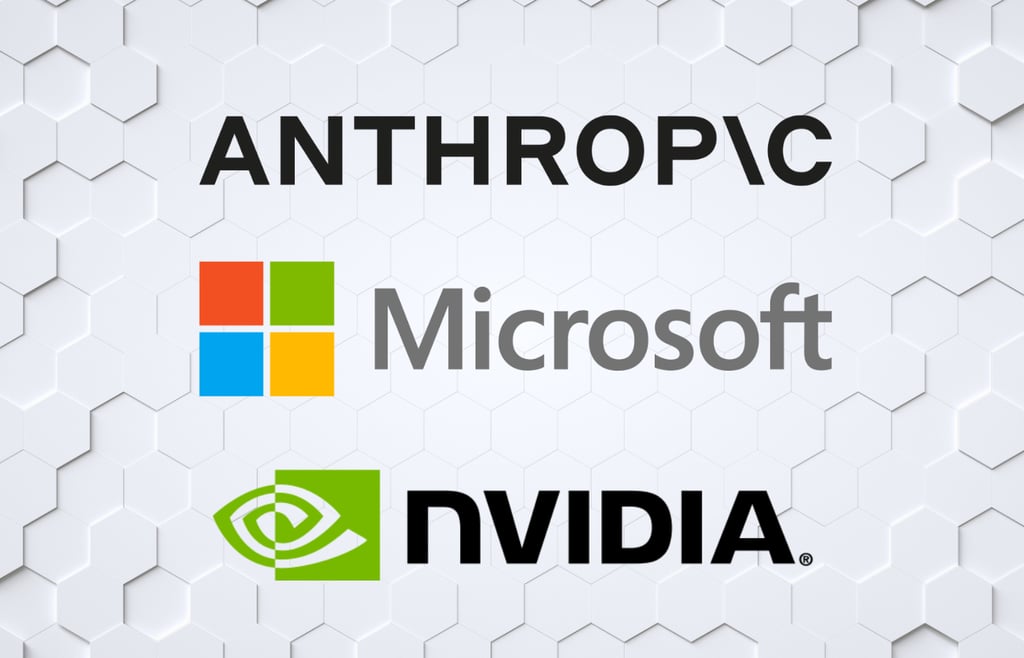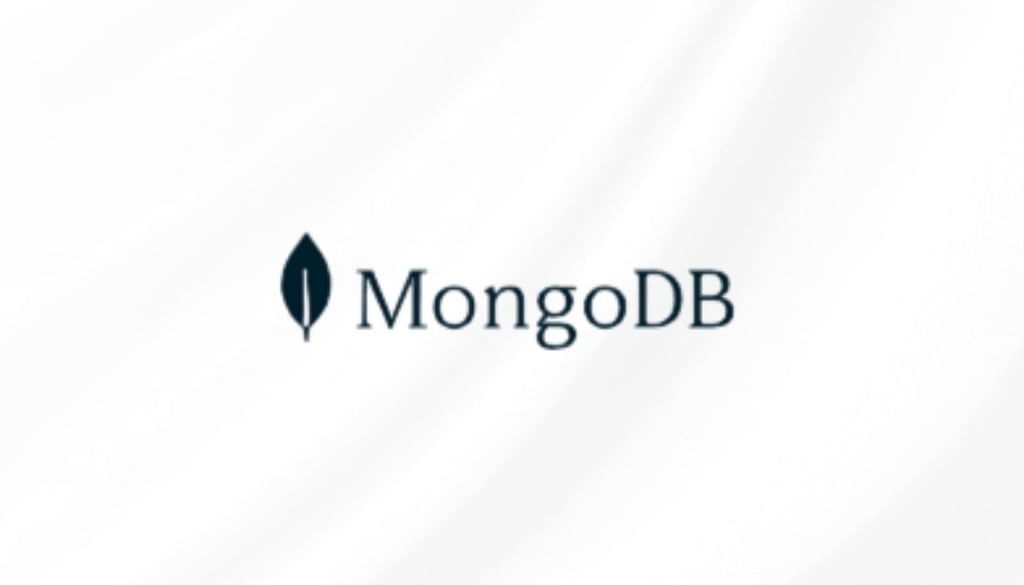NetApp, a data infrastructure company, has announced a series of new solutions designed to help enterprises accelerate AI innovation, modernize data infrastructure, strengthen cyber resilience, and transform cloud environments.
Among the new announcements are:
- Cyber resilience capabilities with the newly enhanced and renamed NetApp Ransomware Resilience service.
- Deepening collaboration with Google Cloud and new block storage capabilities in Google Cloud NetApp Volumes to enhance unified storage for data workloads.
- New capabilities to accelerate modern AI workloads and strengthen its enterprise-grade platform for AI innovation.
NetApp’s exabyte-scale AFX systems and AI Data Engine (AIDE) built with NVIDIA
Among the new capabilities is the new NetApp AFX solution, which decouples performance and capacity with disaggregated NetApp ONTAP that runs on the new NetApp AFX 1K storage system.
The NetApp AFX is an all-flash storage system built for demanding AI workloads, certified for use with NVIDIA DGX SuperPOD supercomputing, and powered by NetApp ONTAP. It delivers robust data management and built-in cyber resilience, with secure multi-tenancy and seamless integration across on-premises and cloud environments.
It is designed for linear performance scaling up to 128 nodes with TBs per second of bandwidth, exabyte-scale capacity, and independent scaling of performance and capacity.
Enterprise-grade storage for the AI era
“[NetApp AFX] is a modern disaggregated architecture built to scale granularly and linearly out to exascale levels of capacity and performance, but it uses the same NetApp ONTAP software that NetApp has built over decades,” said Jeff Baxter, NetApp’s VP of product marketing, in an interview with Channel Insider. “So, it’s a truly enterprise-grade disaggregated storage offering for AI and it allows our customers to take advantage of all the capabilities of ONTAP that they’ve been using for decades, all the data mobility, the hybrid cloud connectivity, the enterprise resilience and performance, being the most secure storage on the planet– and now leverage that in this modern, disaggregated fashion to scale out to orders of magnitude larger than anything they’ve been able to do before, but without giving up the track record and proven resilience that we’ve generated for customers.”
Further, the NetApp data platform will receive a boost with AIDE– a data service to make AI simple, affordable, and secure. AIDE provides global, up-to-date views of a customer’s entire NetApp data estate for fast searching and curation while connecting their data to any model or tool across on-premises and public cloud.
“Our strategy around this is that it will turn a lot of this complexity into clarity, ultimately delivering something that’s very secure, simple to use, and intelligent for your end-to-end AI data people,” said VP of marketing Eric Schou in the same interview. “The key here is it’s not just another point solution because it’s integrated fully with ONTAP. It leverages NetApp technologies, such as Snapshot, SnapDiff, SnapMirror, and will enable these AI workflows like really no other company or storage provider can.”
Three-pronged data engine aims to simplify data management from identification to curation
Schou adds that the data engine consists of three components: the Metadata Engine, Guardrails, and Data Curator.
The Metadata Engine allows users to instantly find and understand their total data estate, eliminating the need to search through different silos to discover what’s there.
Guardrails, meanwhile, ensure that AI is built on a foundation of trust and security. It’s not bolted on, Schou says, it’s built in from day one.
The Data Curator then prepares data for AI, a task that has been a huge challenge for many customers. It tackles the data bloat issue and gives customers direction on what not to do with their AI-ready data.
Additional new capabilities to boost modern AI workloads include:
- Object API for seamless access to Azure Data & AI Services: With this capability, customers can access their Azure NetApp Files data through an Object REST API, available in public preview. With this capability, customers will no longer need to move or copy file data into a separate object store to use it with Azure services. Instead, NFS and SMB datasets can be connected directly to Microsoft Fabric, Azure OpenAI, Azure Databricks, Azure Synapse, Azure AI Search, Azure Machine Learning, and more.
- Enhanced Unified Global Namespace in Microsoft Azure: With this new capability, enterprises can seamlessly unify their global data estate across cloud and on-premises into Microsoft Azure with new FlexCache capabilities in Azure NetApp Files.
- This also extends to their on-premises workloads, such as Electronic Design Automation, allowing data stored in other ONTAP-based storage in customer data centers or across multiple clouds to be instantly made visible and writeable in an ANF environment, with data transferred granularly only when requested.
NetApp cyber resilience updates
The organization also announced new cyber resilience capabilities with the enhanced and renamed NetApp Ransomware Resilience service, formerly Ransomware Protection.
This service enables customers to integrate their data infrastructure into their security strategy with AI-powered ransomware detection. It offers two new capabilities: enterprise storage can detect data breaches, and isolated recovery environments enable safe and clean recovery of mission-critical data.
“We’re taking a much more comprehensive approach to data protection and that comprehensive approach includes protection, detection, rapid response, as well as a malware-free recovery,” said Schou. “What we’re doing is we’re intelligently orchestrating a workload-centric ransomware defense across your entire ONTAP storage estate, both file and block.”
Other key cyber resilience updates from NetApp include:
- Data Breach Detection: NetApp Ransomware Resilience includes an AI-driven capability for detecting data breaches, identifying anomalous user and file system behaviors that are early indicators of potential data exfiltration and breach attempts. Upon identification, the solution automatically alerts customers through their security information and event management (SIEM) solution, providing them with forensics to enable decisive and swift action. This allows users to block further unauthorized transfer of sensitive data, stopping cyber threats before they can cause extensive unauthorized data exposure.
- Isolated Recovery Environments: NetApp Ransomware Resilience is introducing isolated recovery environments to ensure safe and malware-free workload recovery. An isolated recovery environment uses deep and proprietary AI-powered scanning to precisely identify maliciously impacted data and the point at which it was modified. Ransomware Resilience guides the customer through the workload restoration process, ensuring a fast and easy malware-free recovery of the most recent safe data, thereby preventing reinfection.
“These are all things that our customers have been asking for for quite some time, and we’re just thrilled that we’re going to be delivering on these,” said Schou.
NetApp cloud announcements shine spotlight on Google Cloud partnership
Lastly, NetApp announced that it is deepening its collaboration with Google Cloud to help customers accelerate cloud transformation and address critical business challenges.
Google Cloud NetApp Volumes will have new block storage capabilities that enhance unified storage for important data workloads, including virtualized environments, self-managed databases, and AI innovation.
Key new capabilities in NetApp Volumes include:
- Increased data unification and block capabilities: The addition of block capabilities to NetApp Volumes now allows the Flex service level to support unified storage with both the NAS (NFS/SMB) and SAN (iSCSI) protocols. Adding iSCSI block support to the existing file storage service opens additional market opportunities for enterprises to use Google Cloud for enterprise business applications.
- Strengthened integration with Gemini Enterprise: Customers can now use data stored in NetApp Volumes as a native source for AI applications to build bespoke AI agents without custom code or RAG pipelines. The integration between AI platforms and data stores like NetApp Volumes enables organizations to incorporate context-specific data from reputable, vetted sources, which improves the quality and reliability of AI-generated outputs.
- Enhanced Unified Global Namespace: Enterprises can now unify their global estate across cloud and on-premises into Google Cloud with new FlexCache capabilities in NetApp Volumes. It can also extend their on-premises workloads, such as Electronic Design Automation. The ability allows for data stored in other ONTAP-based storage in customer data centers or across multiple clouds to be instantly made visible and writeable in a NetApp Volumes environment, but with data transferred granularly only when requested. This allows for a customer’s entire hybrid cloud data estate to be seamlessly accessed in Google Cloud.
“Our collaboration with NetApp is built on a shared commitment to innovation and customer success,” said Sameet Agarwal, vice president and general manager, storage, for Google Cloud, in a press release. “Data infrastructure with built-in intelligence enables businesses to get the right data to the right place to generate useful results without unnecessary cost and complexity. By combining Google Cloud’s global infrastructure and Vertex AI with NetApp’s expertise in data management, we’re delivering integrated solutions that help enterprises transform and accelerate their digital journeys.”
Looking ahead for NetApp: leaders tell Channel Insider more announcements are coming soon
These new capabilities, Baxter and Schou say, are to help customers expand them only as needed, efficiently, and not over-provision.
Further, partnerships play a key role for NetApp in extending value with these new offerings, as well as future ones.
“I think one of the most important things NetApp does is be incredibly open in working with the entire ecosystem,” said Baxter. “We believe in open standards, we believe in the power of partnership and technology alliances. We obviously have a massive partner network of our value-added resellers that we work with and, from a technology perspective, we integrate across the AI ecosystem.”
Baxter added that one of the most powerful partnerships NetApp has is with NVIDIA, with whom they have worked over the last several years on the development of both AFX and the AIDE.
“NVIDIA GPUs will be built into the NetApp AFX to bring accelerated compute directly into the storage environment next to the data, and we use NVIDIA NIMS microservices … embedded within the NetApp AI Data Engine to provide those optimized vector embeddings,” said Baxter. “We believe in using the best of breed in AI provided by NVIDIA and embedding it directly in our systems in partnership with them.”
The organization will be making further announcements at NetApp INSIGHT 2025, a data infrastructure conference.
NVIDIA isn’t the only partner NetApp has teamed with to enhance AI deployment. Read more about how the organization has recently partnered with Intel to streamline enterprise adoption of AI inferencing.











 AI 50 ListChannel Insider's editorial team spotlights the top AI leaders from MSPs, vendors, and channel businesses delivering measurable outcomes.Link to CML 100 Honorees
AI 50 ListChannel Insider's editorial team spotlights the top AI leaders from MSPs, vendors, and channel businesses delivering measurable outcomes.Link to CML 100 Honorees CML 100 HonoreesCheck out our CML 100 List to discover the top channel marketing individuals who are transforming channel marketing for their organizations.Link to HSP 250 List
CML 100 HonoreesCheck out our CML 100 List to discover the top channel marketing individuals who are transforming channel marketing for their organizations.Link to HSP 250 List HSP 250 ListView our HSP250 list to see the top Hybrid Solution Providers that have proactively embraced the future of tech.Link to The 2024 Channel Insider VIP List
HSP 250 ListView our HSP250 list to see the top Hybrid Solution Providers that have proactively embraced the future of tech.Link to The 2024 Channel Insider VIP List The 2024 Channel Insider VIP ListChannel Insider sought nominations from IT vendors, solution providers, and partners to highlight impactful collaborations. Check out our top choices here.
The 2024 Channel Insider VIP ListChannel Insider sought nominations from IT vendors, solution providers, and partners to highlight impactful collaborations. Check out our top choices here. Video: How Thrive Is Bringing AI Managed Services to its Customers
Video: How Thrive Is Bringing AI Managed Services to its Customers Video: How Netskope and Partners Secure Federal Agencies with SSE
Video: How Netskope and Partners Secure Federal Agencies with SSE Video: Ingram Micro’s Sanjib Sahoo on AI, Data & the Future of the Channel
Video: Ingram Micro’s Sanjib Sahoo on AI, Data & the Future of the Channel Video: New CEO of Zones on AI, Growth, and Channel Vision
Video: New CEO of Zones on AI, Growth, and Channel Vision Video: Introducing The Superhuman Alliance
Video: Introducing The Superhuman Alliance Video: How MSPs Can Turn Compliance Into Profit According to Choice Cyber Solutions COO
Video: How MSPs Can Turn Compliance Into Profit According to Choice Cyber Solutions COO






